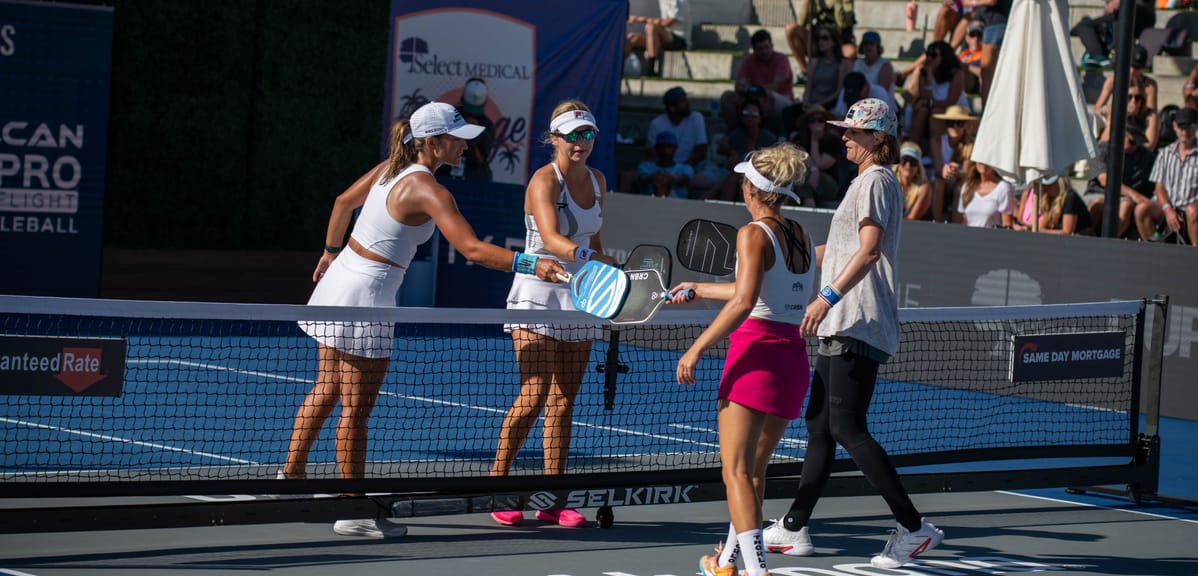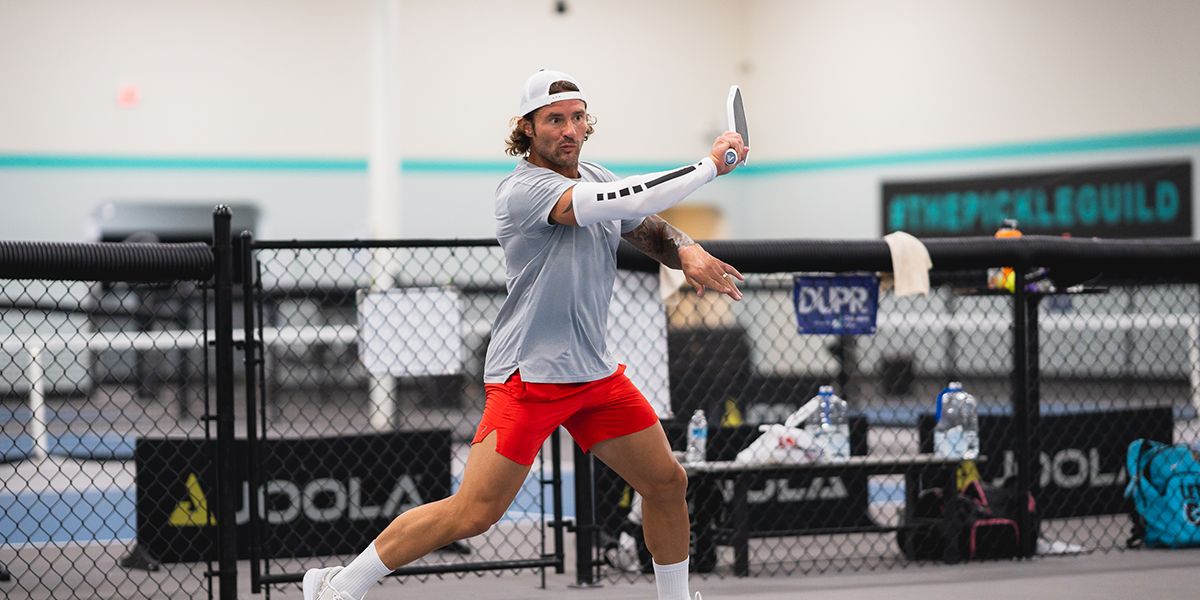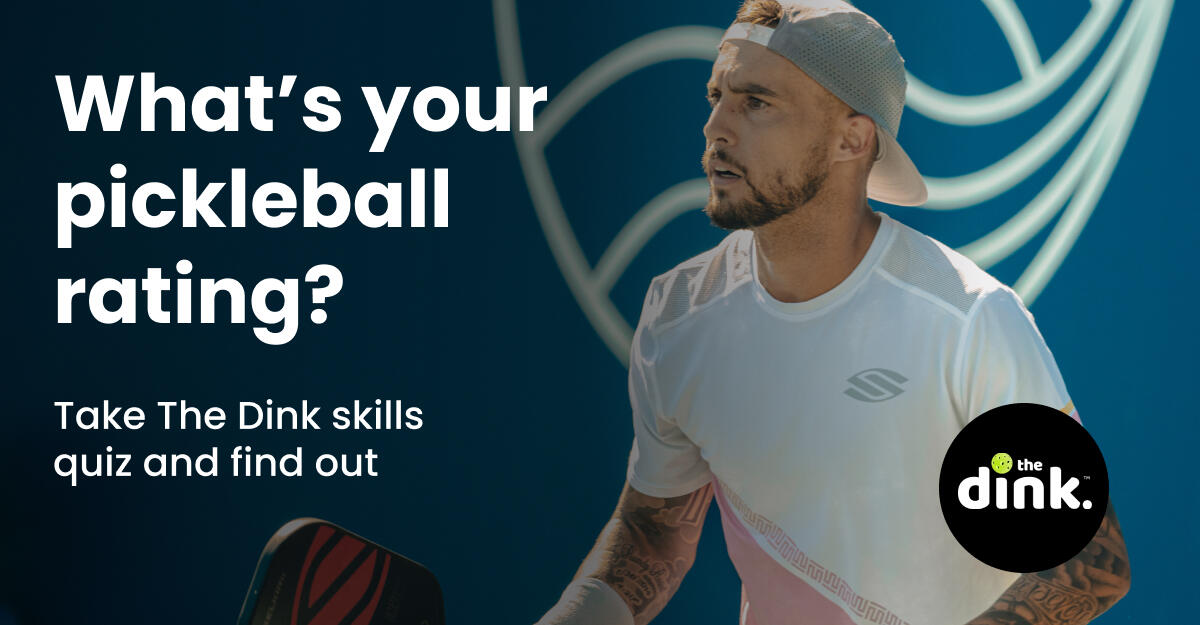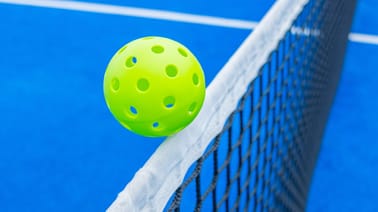
Hall of Fame baseball player Yogi Berra said, "It ain't over 'til it's over."
There are innumerable examples of teams entering the bottom of the 9th inning with a seemingly insurmountable deficit of runs yet managing to persevere and eke out a victory.
Many claim that the same dynamics are at play in pickleball: No matter what the score is, the team that is behind can come back and beat their opponents.
However, as this data is about to show, this perception may be more myth than reality.
Analyzing Pickleball Scoring Patterns
We analyzed scoring patterns from matches at a recent Professional Pickleball Association (PPA) tournament to better understand the odds of winning a pickleball game.
In professional games, players and teams are evenly matched based on performance ratings, unlike recreational pickleball games, which often include un-rated players with varying skill levels among the four players in a doubles match.
This research aimed to answer a key question: Is there a tipping point in a pickleball game where the trailing team has little chance of winning, effectively assuring victory for the leading team?
The dataset for the analyses comprised 82 games from the 2024 PPA Rate Championships Las Vegas held on October 13, 2024.
These included womens doubles, mens doubles, and mixed doubles matches. Most of the data were collected from late-round matches (quarter-finals to finals) but were limited by the availability of full video recordings of the games (uploaded to YouTube).
The results of these analyses do not apply to singles matches.
How Much Does First Serve Matter?
Let’s begin with the serve.
There are divergent opinions on whether the team that serves first in pickleball has a distinct advantage and increased chances of winning the game. Conversely, others assert that the team that serves second has the advantage. Let’s look at the data from the PPA tournament (Table 1).
Table 1: First Team to Serve Winning Percentage
Of the 82 games in the dataset, the team that served first won 41 of them or exactly 50%.
Thus, based on this analysis, the team that serves first (or second) has no discernable benefit with respect to ultimately winning the game.

First Team to Score Nine Points
OK, what about the scoring dynamics in pickleball?
Let’s ask the question: What are the chances that the team that is first to score 9 points will eventually win the game? As you can see in Table 2, a whopping 98% of such teams in this scoring position went on to win their respective games.
Table 2: First to 9 Points Winning Percentage
This outcome is probably not surprising to most pickleball players, but what about teams that reach 6 points first? Surely, this cannot be predictive of victory.
First Team to Six Points
According to that data analysis (Table 3), teams that acquire 6 points first in a pickleball game win 88% of the time. This winning effect was true across all divisions of doubles matches.
Table 3: First to 6 Points Winning Percentage
What about first to 4 points? Who in their right mind would think that scoring to 4 points first is in any way predictive of the outcome of a pickleball game?
First Team to Four Points
Again, let’s look at the data. Incredibly, the teams that reached 4 points first in a game of pickleball went on to win an astounding 89% of the time (Table 4).
Proving that getting ahead early (even by just four points) pays off handsomely!
Table 4: First to 4 Points Winning Percentage
What This Means for Pickleball Players
With all this new knowledge in hand, what should a pickleball player do?
Concede at 4 points? Declare victory at 6 points?
Even though the winner can be confidently predicted before the pickleball game is even half-over, there is still a very small chance of the trailing team rallying back and winning.
The odds are dismal—but embrace the challenge!
About the data
It should be noted that there are a couple of limitations to these analyses. Firstly, the dataset is relatively small (N=82). A dataset of thousands of pickleball games would better refine how intermediate scores can predict outcomes.
Secondly, these analyses apply to professional pickleball players, who presumably keep cool under pressure, do not pay attention to the score, and never “choke” because of a lapse in confidence.
Recreational players, on the other hand, are much more liable to blow a lead because of nerves.


Robert S Cormack
Robert works in R&D in the biotech industry in Los Angeles, California. He has been an avid, though mediocre, participant in all manner of sports but only became a pickleball enthusiast last year.
Love Pickleball? Join 100k+ readers for free weekly tips, news & gear deals.
Subscribe to The DinkGet 15% off pickleball gear at Midwest Raquet Sports





